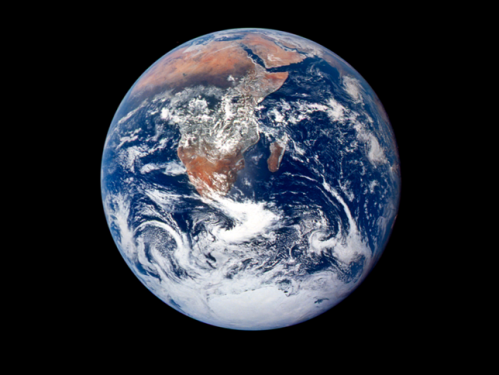
Life on a Sustainable Planet
Get inspired to be a part of building a sustainable future where people and nature thrive together.

Since our founding, the Smithsonian has relied on the talents and dedication of Citizen Scientists. James Smithson was a "gentleman-chemist," and our first Secretary, acclaimed scientist Joseph Henry, recruited volunteers to submit daily weather reports by telegraph, thus laying the groundwork for the National Weather Service. Today, Smithsonian researchers enlist volunteers for an array of tasks, both onsite and online. Depending on your interests, you can help sustain species around the globe and even solve mysteries of the planets and stars!